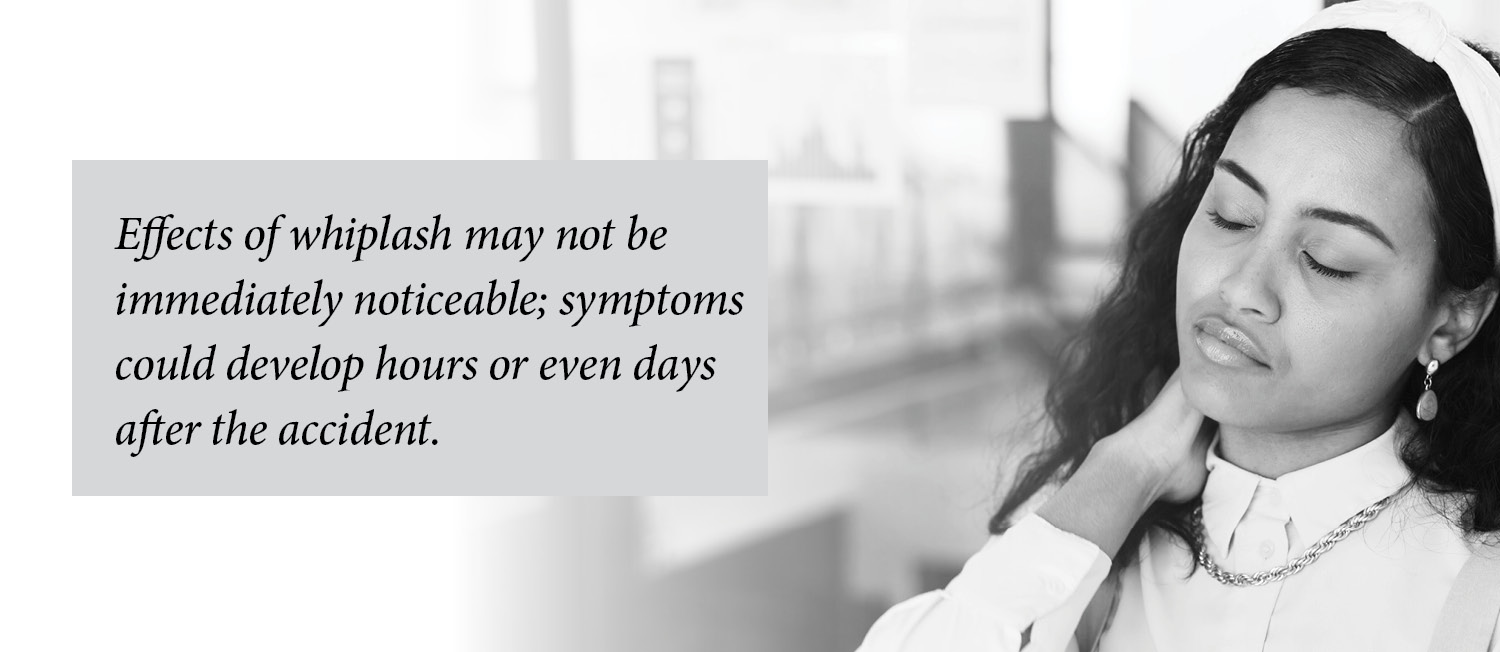If you’ve sustained whiplash from an accident, you’re not alone. Each year, more than two million Americans experience whiplash. While the symptoms might be obvious, the path to getting compensated for your injuries is not always so clear. People who experience this painful and sometimes debilitating neck injury often ask: Can I claim whiplash if the accident was my fault?
Fortunately, New Mexico’s comparative negligence laws offer a legal avenue for you to recover compensation for your injuries, even when fault isn’t entirely on the other driver. While it is not a no-fault state, New Mexico’s laws allow you to recover damages proportionate to your degree of fault. If you’re seeking a whiplash claim, you’ll need to understand what whiplash is, how New Mexico’s legal system handles partial fault in accidents, and the steps you need to take to file a successful whiplash claim.
What is Whiplash, and Spinal Cord Injury Generally?
Whiplash is a type of spinal cord injury that commonly occurs in car accidents when the head and neck are violently thrown back and forth (like a whip cracking). The motion causes strain on the neck muscles, ligaments, and spine. Common symptoms of whiplash can include neck pain, stiffness, headaches, dizziness. In more severe cases, it leads to chronic pain and numbness in the arms. Effects of whiplash may not be immediately noticeable; symptoms could develop hours or even days after the accident.
Can You File a Whiplash Claim If You Are At-Fault in an Accident?
Under New Mexico law, you can still pursue a whiplash claim even if you were partially at-fault in an accident. New Mexico operates under a pure comparative negligence system. This means that if you are found partially responsible for the accident, your compensation for the whiplash claim will be reduced by your percentage of fault. For example, if you are found to be 30% at fault and your damages amount to $10,000, you could recover 70%, or $7,000. This is more favorable than states that follow a modified comparative negligence rule, where any party found to be more than 50% at fault would be barred from recovering damages.

How to File a Whiplash Claim in New Mexico
When filing any claim after an accident, time is of the essence. What you do in the 24-48 hours after an accident will have a huge impact on what a good attorney can prove, and so the likelihood that you can make a successful claim.
- Seek medical attention immediately after the accident. Not only is this important for your health—especially with injuries like whiplash or other potential spinal cord injuries—but medical records will also serve as essential evidence when filing a whiplash claim.
- Document the accident scene. Collect evidence, including photos, witness statements, and police reports. This helps establish the events leading up to the accident and clarifies your level of fault. Even if you were at-fault in an accident, having comprehensive documentation can help strengthen your whiplash claim.
- Notify the insurance companies. File a claim with either the at-fault party’s insurance or your own insurance company, depending on the circumstances and your coverage. Clearly state your injuries, including whiplash and any related spinal cord injury.
- Get help to negotiate a settlement for your whiplash claim. Most insurance companies aim to settle claims quickly and for as little money as possible. Rather attempting to handle the claim by yourself, you’re most likely to receive a fair settlement with an experienced personal injury attorney. Someone who is well-versed in New Mexico’s comparative negligence laws will be able to build the strongest case.
- Pursue legal action if necessary. If you receive a low settlement offer from the insurance company, you may need to file a lawsuit. In court, the comparative negligence rule will determine your compensation based on your level of fault for the accident.
If you have suffered any sort of spinal cord injury in an accident in New Mexico, don’t let being at-fault in an accident deter you from seeking compensation. With the right legal guidance, you can still have a strong case. Contact us today for a consultation.
